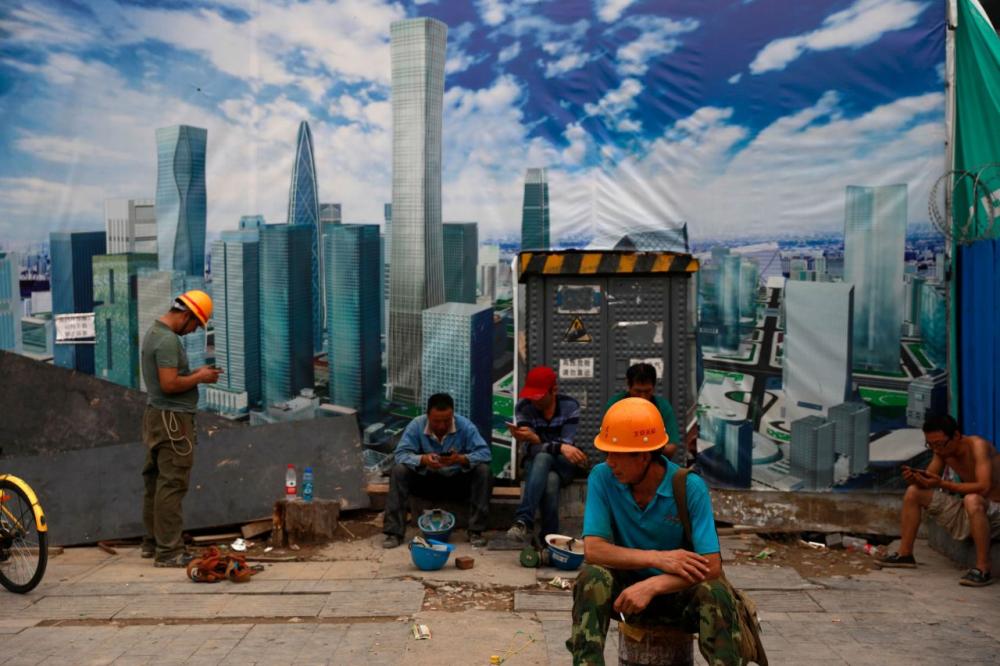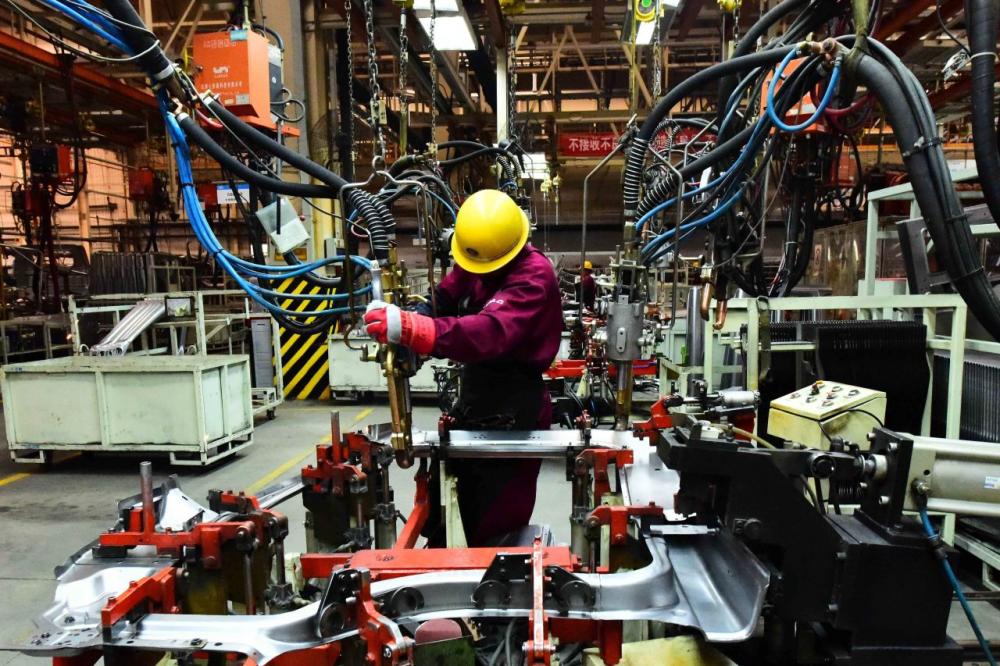How could a sharp slowdown in China affect growth prospects for the rest of Asia?

The threat of a sharper than expected economic slowdown in China could damage Asia’s growth prospects, according to analysts. While optimism is rising over continuing trade talks between the United States and China, they have yet to reach a deal and remain far apart on key structural issues. If the conflict were to intensify, China’s challenge would be to cushion its economy from a fall.
(SCMP) – China’s latest data on foreign trade, gross domestic product growth and the purchasing managers’ index suggest the economy will continue to slow, at least for the next month or so, meaning a hard landing is not anticipated for now.
A sudden shock to the economy would add to challenges from increasing protectionist tensions in the Asia-Pacific, a region which is highly dependent on global demand. As companies and manufacturers shift supply chains to lower cost countries, that may make the markets most reliant on Chinese demand more sensitive to a slowing Chinese economy.

“We will have a slowdown in Asia-Pacific growth in the first quarter because of trade uncertainties between the US and China. Most companies do not invest when they worry about the future and they delay investment,” said Mahamoud Islam, Asia-Pacific senior economist at Euler Hermes. “The fact that they are delaying investment is impacting demand for goods and global trade.”
China accounts for about a third of global growth and about two-thirds of Asia-Pacific growth, Islam said.
If US-China tensions were to rise, small open Asian economies reliant on trade would be more vulnerable. This would include Hong Kong, South Korea, Singapore and Taiwan, especially in the electronics and semiconductor sectors, Islam said.
Larger economies such as India were more resilient and less reliant on trade, which provided stronger domestic bases for growth, he said.
Hints of such outcomes were evident in this week’s economic figures.

Data from Singapore’s trade ministry on Friday showed the city state’s economy grew by 1.9 per cent year on year in the fourth quarter, down from the 2.4 per cent in the previous three months.
“A sharper than expected slowdown of the Chinese economy could adversely affect the region’s growth due to falling import demand from China, especially given regional economies’ close interlinkages with China through their participation in manufacturing and trade-related services value chains,” the ministry said.
“Against this backdrop, the pace of growth in the Singapore economy is expected to slow in 2019.”
In Japan, a preliminary estimate showed this week that the economy grew 0.3 per cent in the fourth quarter, compared to an upwardly revised 0.7 per cent contraction in the third quarter. But GDP external demand fell 0.3 per cent compared to an 0.1 per cent decline in the previous period.
Bank of America Merrill Lynch Japan economist Izumi Devalier said export momentum remained weak in the fourth quarter as a slowing Chinese economy and weakening semiconductor demand hit shipments.
“The Bank of Japan’s real trade statistics show that the slowdown in exports is concentrated in shipments to Asia, suggesting that the deterioration in China’s aggregate demand is dragging down regional export volumes,” Devalier said.
“Taking into account these developments – and reflecting a slightly weaker path for consumption and external demand, we’ve trimmed our first quarter 2019 growth forecast to 0.2 per cent on the quarter from 0.6 per cent.”
Meanwhile, the Taiwanese economy expanded 1.78 per cent year on year in the fourth quarter below an upwardly revised 2.38 per cent growth in the previous period. It was the slowest expansion since the second quarter in 2016.
Data from the Philippines showed exports fell 12.3 per cent to US$4.72 billion in December from a year ago, far faster than a 0.3 per cent year-on-year fall the previous month and marking the second straight monthly decline.
Sales of electronic products, the country’s top exports, contracted 15.2 per cent while exports fell 53.1 per cent for machinery and transport equipment.
In Indonesia, exports have seen a steady decline due to lower commodity prices and dwindling global demand after reaching a peak in 2012, according to research firm Trading Economics.
The country’s exports fell 4.7 per cent in January from a year earlier to US$13.87 billion – worse than a market consensus of a 2.54 per cent drop and marking the third straight month of decline.
China also buys cheap energy products and commodities in the region, making all of these countries sensitive to slowing Chinese and global growth.
Meanwhile, the Malaysian economy advanced 4.7 per cent year-on-year in the fourth quarter, after a 4.4 per cent expansion in the third quarter. It was the strongest growth since the first quarter of 2018, as net external demand contributed positively to GDP growth.
Positives were also a softer US dollar following a dovish turn in the US Federal Reserve’s policy and firmer oil prices, according to Prakash Sakpal, Asia economist at ING Bank.
“We think the [Malaysian] central bank considers the economic risks fairly balanced between growth and inflation and will leave monetary policy on hold throughout 2019,” he said.

